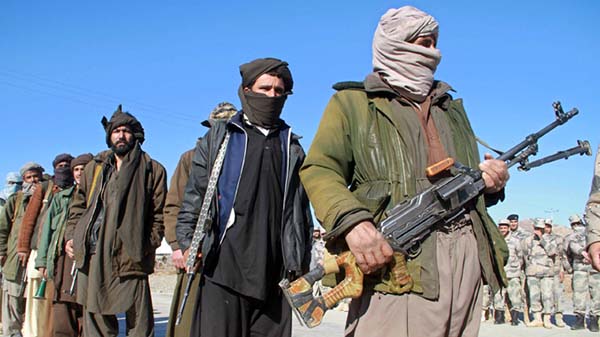AT News
KABUL: Thanks to a recent U.S. peace agreement with the hardline Taliban, war has halved in Afghanistan, paving the way for political bargaining and lobbying amongst the warring factions. Even though the war still rages, prospects of the ongoing peace efforts seem fairly promising.
As Abbas Istanikzai had earlier hinted, the war with Americans has ended but continues with Afghan soldiers. He argued that reduction of violence against the Kabul government requires another agreement which could be yielded in intra-Afghan talks. Istanikzai’s assertions were counterintuitively calculated and prudent and implied that the Taliban will have entered the war of power with the Afghan government.
It doesn’t stain credulity to be optimistic that protection of the Republic system and two-decade gains of democracy in Afghanistan will be on agenda of the government leaders. Such intentions overlap with the nation’s demand as well.
Any bargaining for leverage prior to intra-Afghan negotiations will be shrewd and meaningful. The Taliban will be bold too. A U.S. pressure on the hardline rebel group terrified them from Afghanistan’s armed forces; but now no American inroad bothers them. They will be entering a new phase of war with the Kabul government with a supposition that they have been the victors thus far.
The Afghan government has its weakness and strengths too. A point of its strength is its stance to protect the Republic government system. Despite a prickly situation, presidential elections were held which is per se a turning point in protection of that value.
Continuity of peace negotiations with the Taliban is the continuation of the war; not the one that involves gunpowder but that which should be fought with thinking and insight.
Washington and the Taliban signed a peace agreement Saturday in Qatar, in which the Taliban have agreed to launch intra-Afghan negotiations on March 10. The government of Afghanistan will engage in talks with the Taliban to discuss the date and modalities of a comprehensive ceasefire, including joint implementation mechanisms.
The peace agreement includes a 14-month deadline for withdrawal of all U.S. forces from Afghanistan, political settlement resulting from intra-Afghan dialogue, a permanent and comprehensive ceasefire, and guarantees to prevent the use of Afghan soil by any terrorist groups against the security of the US and its allies.
 Afghanistan Times
Afghanistan Times




